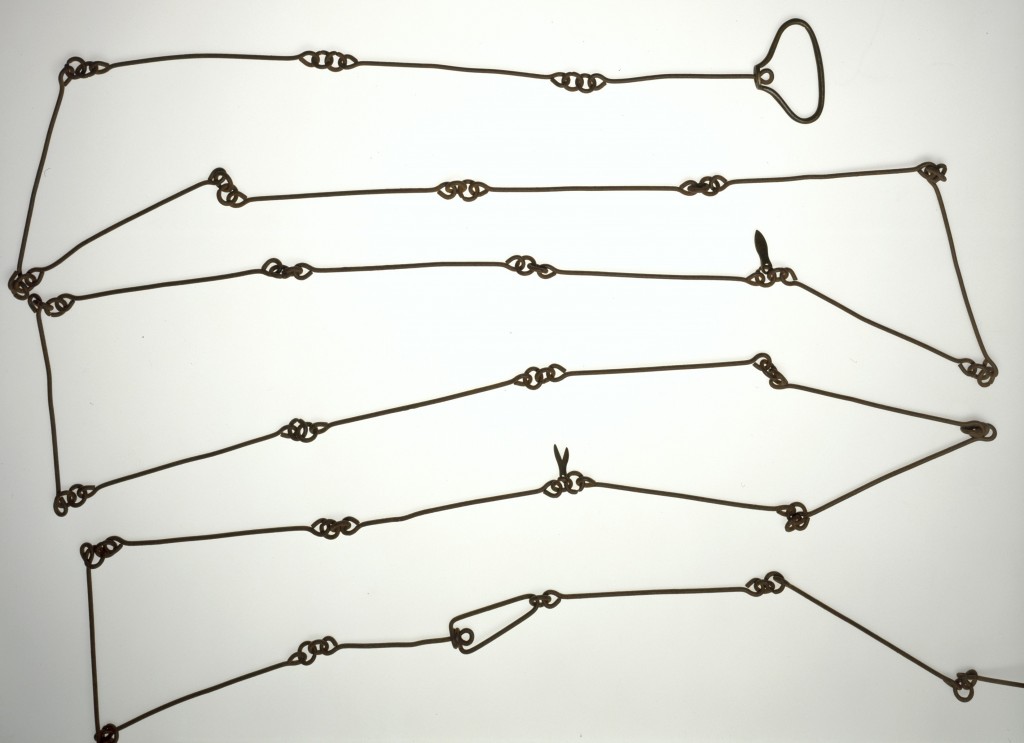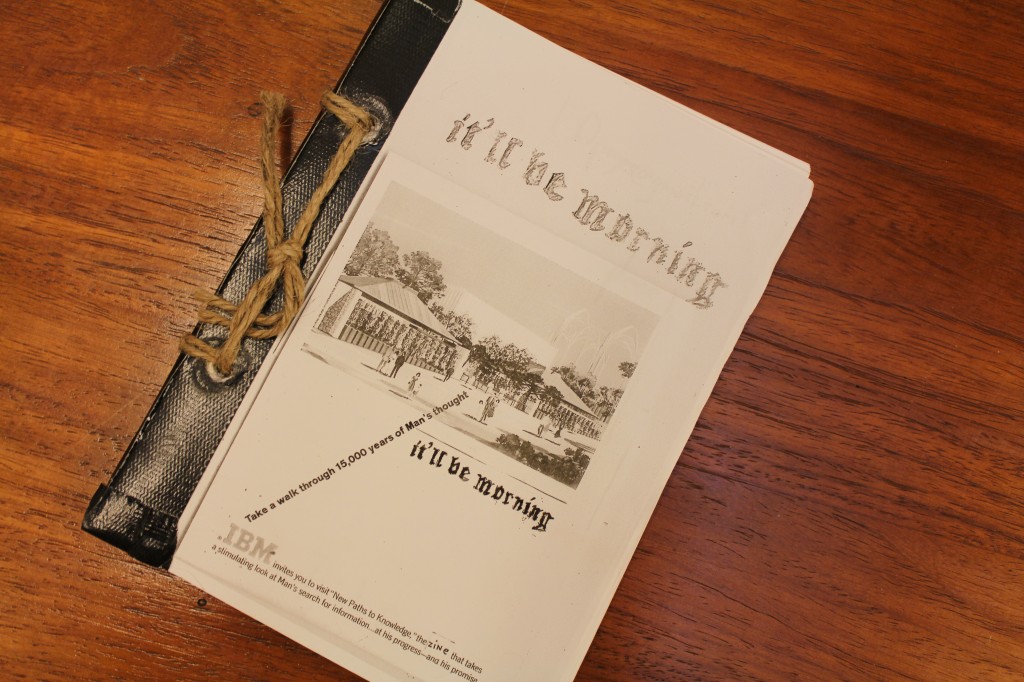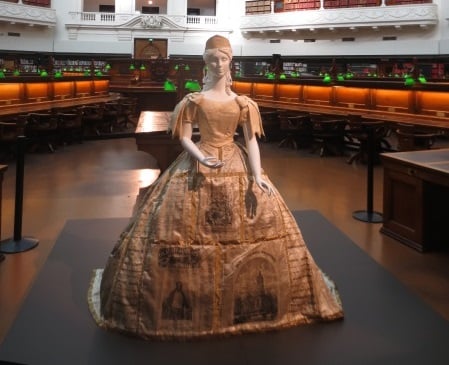The State Library is home to millions of books, images, documents and objects. The volume and diversity of information can be a little overwhelming at times. Where to start? Sometimes working at the Library feels like being an explorer – venturing into an endless stream of material and bringing gems to the surface. To help you explore with us, we asked our staff members to share a favourite item from the collection.
Hoddle’s Chain (c. 1830s)
It’s easy enough to miss it in The changing face of Victoria exhibition – perched at the top of the end showcase – Hoddle’s Chain. Its ordinariness belies how I imagine it being used – dragged through the scrub and grass of what is now the city of Melbourne. Measuring out the city blocks of what would become the CBD, while stakes are hammered into the ground to mark the boundaries of allotments. It symbolises the pivot point between the natural place which is now Melbourne and the constructed place which is our city.
Andrew Hiskens, Manager, Learning Services
It’ll be morning (200-)
This is one of my favourite items in the collection. It was also likely the biggest selling zine in Melbourne for much of last decade. The author isn’t named, aside from what you can infer from a hand-drawn email address. It’s somewhat autobiographical, though I’m not sure to what degree. It’s crudely bound and guillotined, and certainly has numerous grammatical faults, though these idiosyncrasies just make the story, which has such gutwrenching weight, that much more powerful.
John Stevens, Librarian
Mrs Butters’ Press Dress (1866)
This dress tells so many stories and touches on so many different areas such as history, fashion, craftsmanship and design. I love the silk panels, the new design for the Melbourne Town Hall and how the printed newspaper articles are still readable (even 148 years later).
Emma Louise Davis, Marketing Coordinator
‘Bosun’ Paton last man to leave (c. 1914–17)
This is a photograph from the Ross Sea party, which was stranded in the Antarctic as part of Shackleton’s attempt to cross the continent. I like it for several reasons. It’s a beautiful image with the Aurora in the foreground and Bosun Paton wandering casually along the ice as if he is off to catch a bus. It also represents the end of the great ‘heroic’ era of Antarctic exploration. It is also quite sad. The Aurora later went on a routine run from Newcastle and was never heard of again. The only wreckage found was a lifebuoy, and Bosun Paton was part of the crew lost with the ship.
Andrew McConville, Librarian





